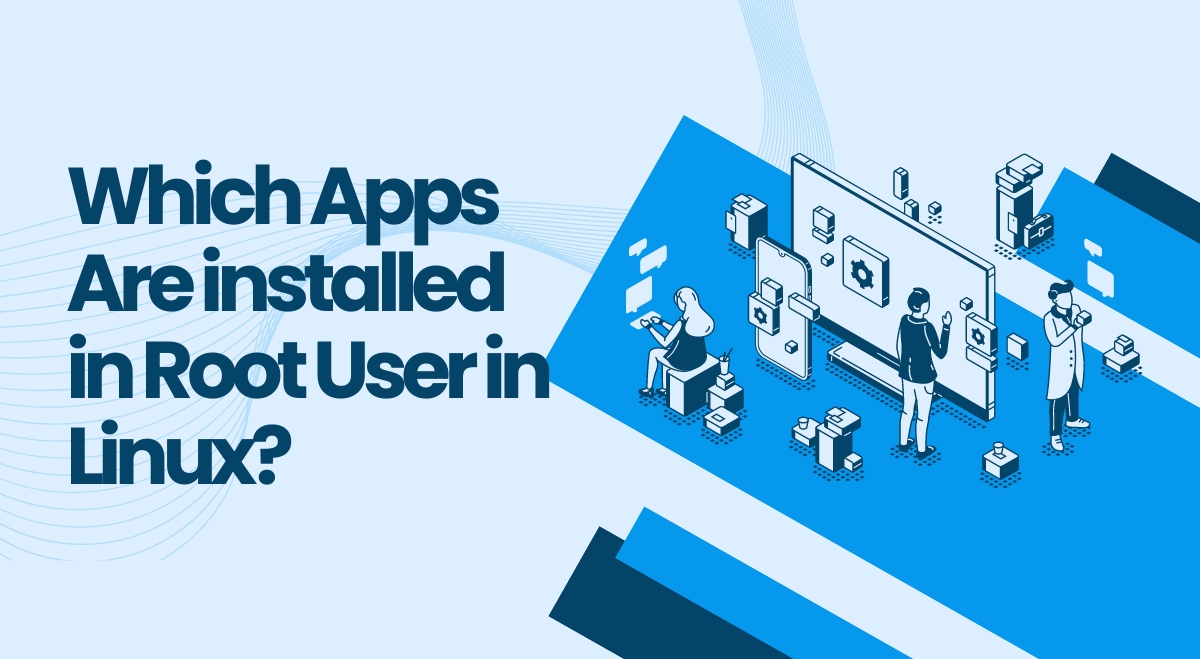The root user in Linux is a powerful account with unrestricted access to all system resources and capabilities. It’s essential to understand the applications installed for the root user to maintain system security and stability.
Common Applications Installed for the Root User
System Utilities
Root users have access to crucial system management tools. These include:
- top and htop for monitoring system processes
- fdisk and parted for disk partitioning
- iotop for tracking input/output usage
These utilities allow root users to perform critical system maintenance tasks efficiently.
Package Managers
Package managers are vital for software management. Root users typically work with:
- apt for Debian-based systems
- yum or dnf for Red Hat-based systems
- pacman for Arch Linux
These tools enable the installation, updating, and removal of software across the entire system.
Network Configuration Tools
Root users manage network settings using:
- ifconfig and ip for configuring network interfaces
- netstat and ss for monitoring network connections
These applications are crucial for maintaining network connectivity and troubleshooting issues.
Security Tools
To protect the system, root users employ:
- iptables or ufw for firewall management
- fail2ban to prevent brute-force attacks
- SELinux for enhanced access control
These tools are essential for maintaining system security and preventing unauthorized access.
Backup and Recovery Tools
Root users are responsible for data protection. They use:
- rsync for efficient file synchronization
- dd for disk cloning and backup
- tar for creating compressed archives
These applications ensure data can be backed up and restored when needed.
System Monitoring and Logging
To track system performance and events, root users rely on:
- syslog for system-wide logging
- journalctl for viewing system logs
- logrotate for managing log files
These tools help in diagnosing issues and maintaining system health.
Managing Root-Installed Applications
Best Practices
To manage root-installed applications safely:
- Limit root access and use sudo for specific commands instead of logging in as root.
- Regularly update the system and apply security patches.
- Only install trusted software from official repositories.
- Keep track of installed applications and remove unnecessary ones.
Risks of Mismanagement
Improper management of root-installed applications can lead to:
- Security vulnerabilities if outdated or malicious software is installed
- System instability due to conflicting or poorly configured applications
- Data loss if critical system files are modified or deleted accidentally
It’s crucial to exercise caution when working with root privileges to avoid these risks.
Conclusion
Understanding the applications installed for the root user is vital for effective system administration. By familiarizing yourself with these tools and following best practices, you can maintain a secure and stable Linux system. Remember, with great power comes great responsibility – use root privileges wisely and only when necessary.

